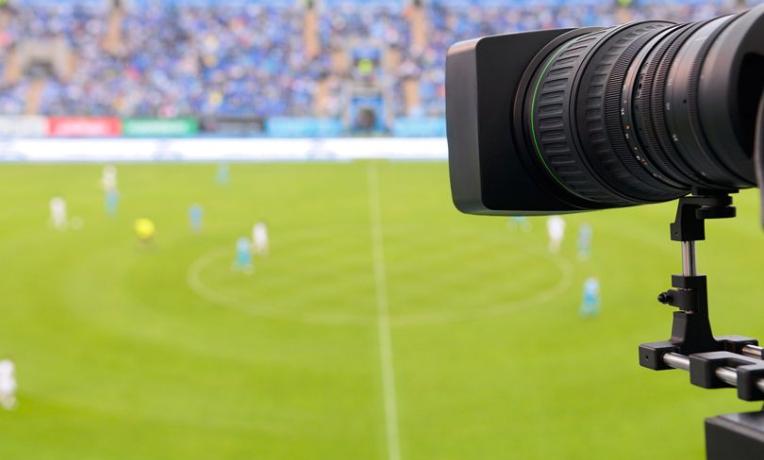Towards new quality sports broadcast
Imagine your favourite football team entering a stadium. An army of wireless cameras is following the players to give you the best possible view – of the whole pitch, of the chanting crowd, of each footballer, from the tip of his head to the grass blades he treads with his cleats. Thanks to Prof. Leif Oxenløwe’s research, this kind of wireless ultra-high definition television broadcasting can one day become a reality.

Combining cutting-edge technologies
Athletes are not the only ones hoping to set world records. With his ERC Starting Grant, Prof. Oxenløwe, from the Technical University of Denmark, has pushed the boundaries of optical communication. He is now engaged in the race to enhance wireless communications, the type that would allow high-speed video transfers and which would open a world of possibilities for extremely-high definition broadcasting.
“It is a race for higher and higher speed”, says Prof. Oxenløwe, “and we are investigating the extremes”. In 2014, his team set the world record for data transmission through an optical fibre cable with a single laser source, reaching 43 Terabit of data per second - enough to download the whole Spotify library of 30 million songs in less than a minute. Now, they are trying to leverage this record to improve wireless transmission.
“The focus of my ERC grant was to explore high-speed optical telecommunication systems with low-energy consumption. But as we talked to another team in our department, we realised the potential in combining our results with the wireless Terahertz emitter they were working on”, explains the grantee. “This is one of the positive aspects of ERC grants: the freedom to follow new, unexpected ideas.” The team patented the concept and could test the value of the prototype further thanks to an ERC Proof of Concept grant.
Their 2015 milestone, a wireless speed of 60 Gigabits per second (Gbps), or 32 times the data transmission rate needed for full HD images to reach viewers’ TV screens, was achieved by using the 400 Gigahertz (GHz) frequency range. “And now, we exploit this frequency range even further”, says Prof. Oxenløwe. At the international Opto-Electronics and Communications Conference (OECC 2016) taking place in Niigata (Japan) last week, his team will present the next step: a demonstrationof a data transmission rate of 160 Gbps in the “THz regime” (300-500 GHz) achieved in their labs. “This is the highest wirelessly transmitted data rate ever demonstrated and shows the potential of higher carrier frequencies for wireless communications.”
The future of events broadcasting
With 60 Gbps speed, a smartphone could already download a Bluray movie in less than four seconds. Unfortunately, these extremely high-speed wireless transfers are not designed for this purpose, as they require an antenna accurately set and directed to the sending source.
This technology, however, could be a breakthrough, for example, in broadcasting sport tournaments and music festivals. Nowadays, TV cameras recording live events are usually connected to a mixing centre through a cable. Prof. Oxenløwe’s prototype would allow the use of ultra-high definition cameras to send their footage to the mixing centre without the need to wire them. In the future, we could see every single centimetre of the running track, the pitch or the concert stage recorded and broadcast in real time and in unprecedented quality.
According to Prof. Oxenløwe, the technology could also become a tool for emergency teams in the event of natural disasters: “Medical and security staff could easily set up local, flexible, high-capacity mobile communication units to retrieve huge amounts of data, for example patients’ medical records, in a matter of seconds.”


